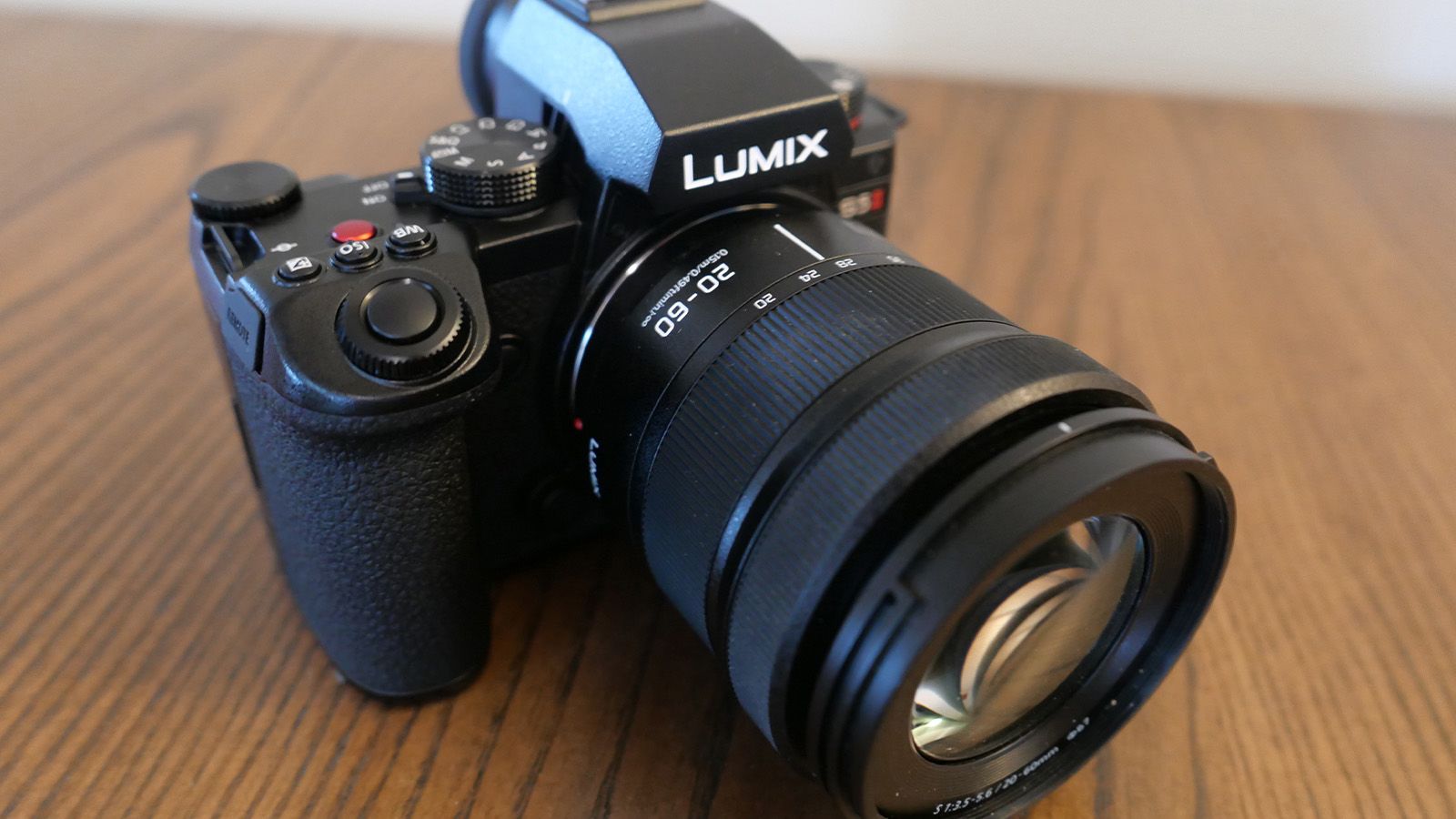Photography enthusiasts who pick up a Lumix Panasonic camera are often impressed with its capabilities. These cameras, renowned for their sharp images and versatile features, offer a range of settings that can elevate one’s photography skills. However, to fully exploit the potential of a Lumix camera, it’s essential to go beyond basic auto mode. This article aims to provide practical tips and tricks to help you master the art of capturing stunning images with your Lumix Panasonic camera. We’ll look at understanding manual controls, leveraging lens options, maximizing in-camera features, and getting creative with composition and lighting.
Mastering Manual Controls for Enhanced Photography
Venture Beyond Auto Mode
Many photographers stick to auto mode for ease and speed, but exploring manual settings can vastly improve your photos. Experiment with manual focus, which allows you to pinpoint exactly where in the frame you want sharpness and clarity. Adjusting the aperture, shutter speed, and ISO manually can also enhance the mood and detail of your photographs, giving you control over depth of field, motion blur, and exposure levels.
Understand the Exposure Triangle
Learn the relationship between aperture, shutter speed, and ISO—known as the exposure triangle. The aperture controls the amount of light entering the lens and affects depth of field. Shutter speed dictates how long the sensor is exposed to light, impacting motion capture. ISO adjusts the sensor’s sensitivity to light, influencing graininess or noise. Balancing these elements is key to achieving the desired exposure and effect in your images.
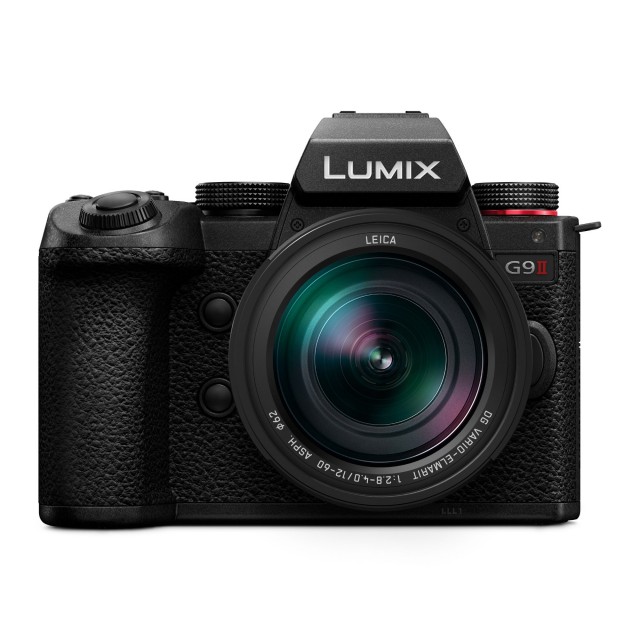
Exploring Lens Options for Diverse Shots
Choosing the Right Lens
The versatility of Lumix cameras often comes from their interchangeable lens systems. Fast prime lenses are great for portraits and low light conditions, while zoom lenses offer flexibility for sports or wildlife photography. Wide-angle lenses expand your landscape shots, and macro lenses get you close-up details. Consider your subject and environment to select the best lens for the job.
Care for Your Lenses
Good lens maintenance will extend their life and ensure the best image quality. Regularly clean your lenses with a proper lens cloth and solution to prevent dust, smudges, or scratches, which can degrade your photos. Store lenses in a padded bag or case when not in use, and use lens caps to protect the glass elements from dust and scratches.
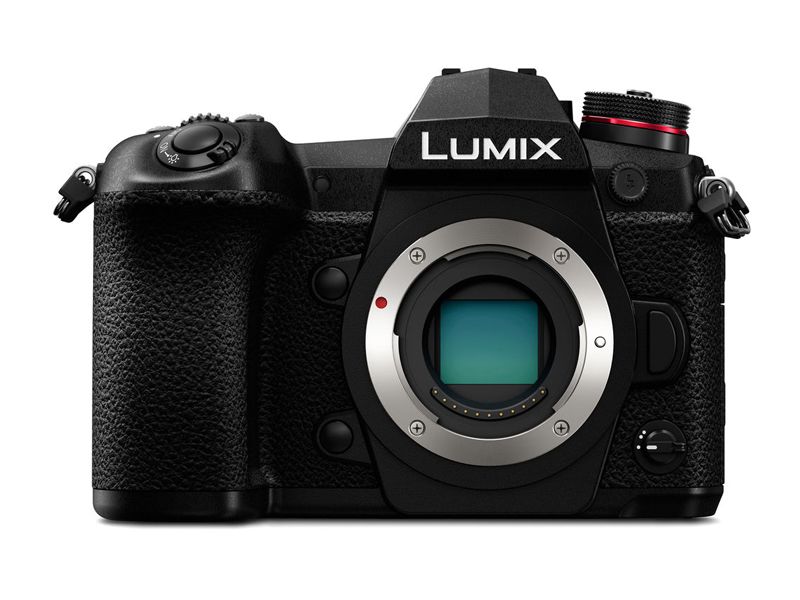
Utilizing In-Camera Features to Elevate Your Work
Experiment with Picture Profiles
Lumix cameras often come with a variety of picture profiles and color settings, each suited for different scenarios or genres. Profiles like “Vivid” can make your colors pop, while “Monochrome” can give you striking black-and-white images. Explore these options to add a distinctive look to your photos straight out of the camera.
Take Advantage of Image Stabilization
Camera shake can ruin an otherwise perfect shot. Use your Lumix’s built-in image stabilization to reduce blurriness in low-light situations or when using a slow shutter speed. This feature is especially helpful for video work if you’re capturing footage on the go or without a tripod.
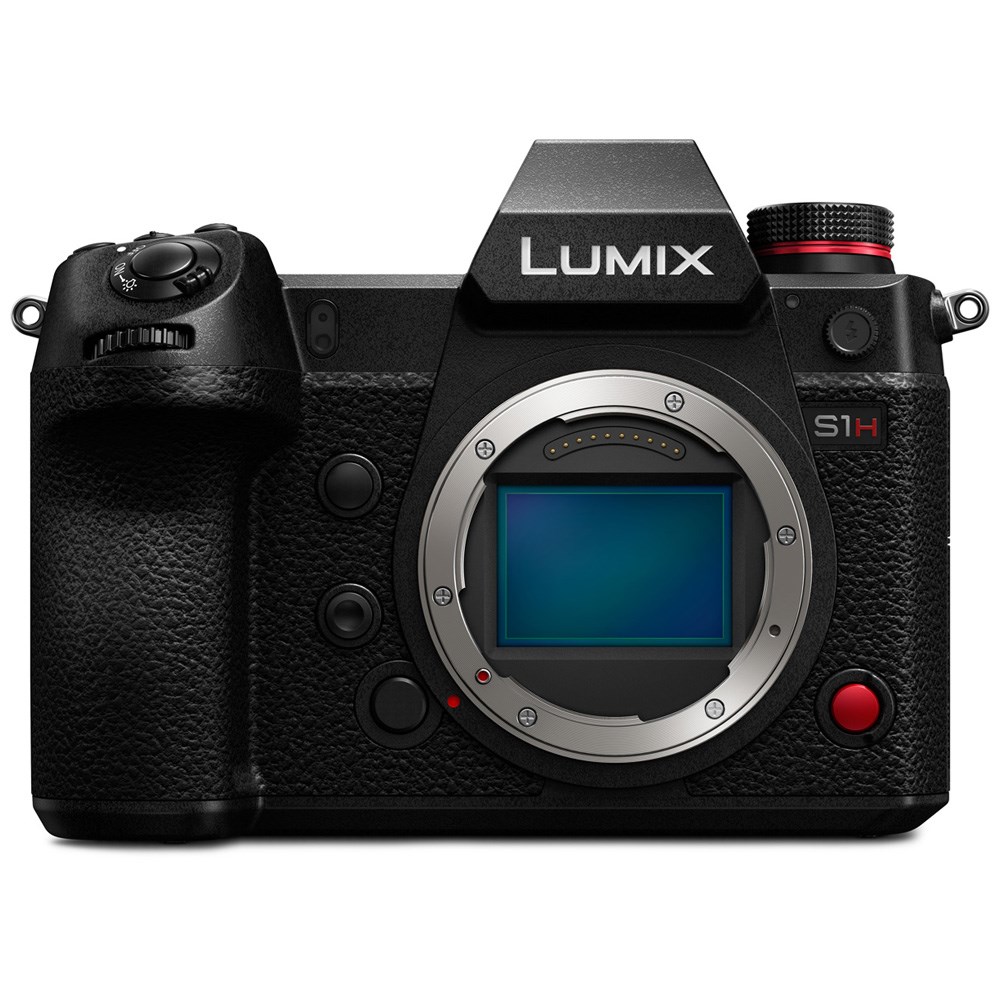
Creative Composition and Lighting Techniques
Compose with Intention
Good composition is vital for visually appealing photos. Apply the rule of thirds to balance your shots and guide the viewer’s eye. Look for leading lines, patterns, and symmetry to create a powerful composition. Always be mindful of the background and edges of your frame to avoid distracting elements.
Utilize Natural Lighting
Natural light can dramatically affect the ambiance of your photos. Shoot during golden hour—the time shortly after sunrise or before sunset—for warm, soft lighting. Overcast days provide diffuse light that is perfect for portraits, eliminating harsh shadows. In contrast, the midday sun can produce high-contrast scenes that work well for dramatic landscapes or architectural shots.
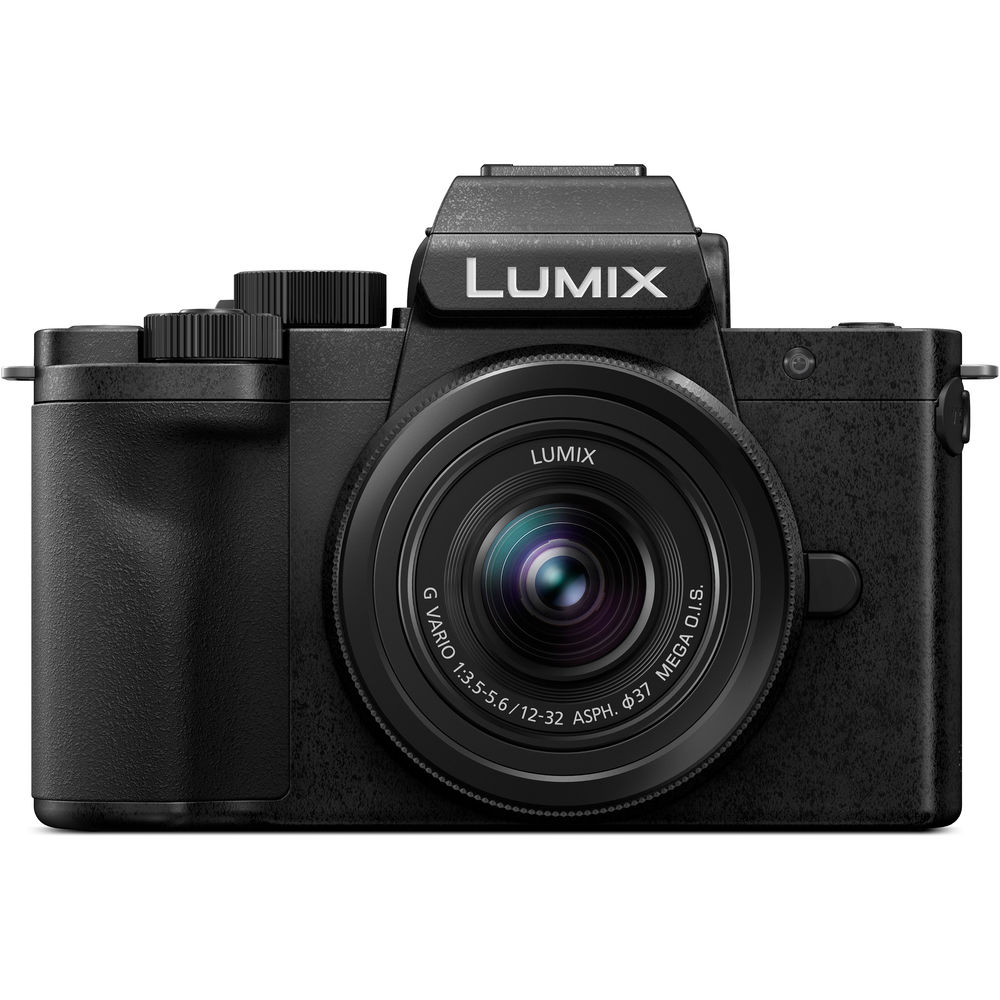
Harnessing the Power of Post-Processing
Embracing Editing for Perfection
While getting the shot right in-camera is ideal, post-processing is a powerful tool for refining your images. Your Lumix camera might offer in-built editing features, but for more control, consider using software like Adobe Lightroom or Photoshop. Adjusting exposure, contrast, colors, and cropping can elevate a good photo to a great one. Post-processing also allows for the correction of minor imperfections and the addition of artistic effects that reflect your personal style.
Building a Workflow
Develop a consistent editing workflow to maintain a cohesive look across your photos. Start by importing your images into your chosen editing software and applying basic corrections such as lens distortion removal and chromatic aberration correction. Then, proceed to tweak global adjustments like exposure and white balance. Finally, add local adjustments and artistic touches. Remember, the goal is to enhance your images, not drastically alter them unless it’s for creative purposes.

Expanding Your Skillset with Advanced Techniques
Time-Lapse and HDR Photography
Your Lumix camera may have features that allow for time-lapse photography, which is excellent for capturing the dynamism of a scene over time. Learn to utilize this function to show the motion of clouds or the bustling of city life. HDR (High Dynamic Range) photography is another feature that can help you capture a greater range of luminosity in scenes with high contrast between light and dark areas. Exploring these advanced techniques can add diversity to your portfolio and offer creative solutions for challenging lighting situations.
Utilizing Wireless Functions for Flexibility
Many Lumix cameras come with wireless capabilities, enabling you to control your camera with a smartphone or tablet. This function is not only convenient for remote shooting but also for immediately transferring images to your device for a quick edit or share on social media. By mastering the wireless functions, you can streamline your shooting and sharing process, making it easier to work on location or share your creations in real time.
Your Lumix Panasonic camera is a gateway to capturing professional-level photographs and the more you understand and experiment with its capabilities, the more you can push the boundaries of your creativity. Manual controls put you in charge of the camera’s settings, allowing for precision and adaptability. A diverse lens selection can broaden your perspective, and proper care ensures longevity. The camera’s in-camera features are tools at your disposal to forge striking images, and knowledge of composition and lighting can turn those images into masterpieces. With these tips and tricks in your photography arsenal, you’ll be well on your way to mastering your Lumix camera and showcasing your unique vision through your captures.
